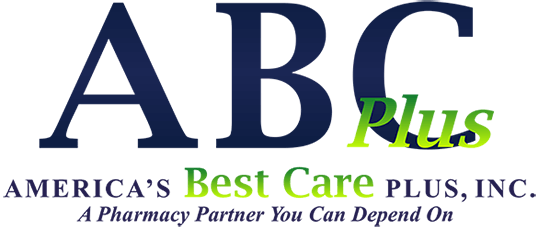Wheat is amongst the eight allergens recognized by the Food Allergen Labeling and Consumer Protection Act of 2004. These eight food items – including tree-nuts, eggs, milk, soy, and fish – make for approximately 90% of all allergic reactions amongst both children and adults today. As such, the Act specifically instructs food manufacturers to print clear, highlighted, and direct labels listing the presence and percentage of any allergens within the product.
Individuals are generally at greater risk of developing wheat allergies if they hail from a family where allergies – or allergic diseases, such as eczema – are common. As such, individuals who develop allergies during childhood are more likely to suffer from varying degrees of asthma alongside. If you or your child suffers from any type of allergy, carry an epinephrine injection with you at all times. Make it a general habit or rule not to consume food unless the injection is being carried with you. Epinephrine delivers a dosage of adrenaline to the body during severe instances of allergic reactions or anaphylactic shock; the injection aids in reducing blood pressure and heart rate, eases major swelling, and evens breathing.
Wheat allergies should not be confused with celiac disease; the latter stands as an autoimmune digestive disease, whereas a typical wheat allergy is defined as an immediate immune system reaction to wheat protein. Gluten is a protein found in rye, barley, and wheat; if gluten enters the small intestine, an abnormal reaction occurs: celiac disease.
Signs and symptoms
Symptoms may include hives or rashes covering the skin; nausea, stomach and abdominal cramping, or vomiting; diarrhea; persistent headaches; nasal congestion, or a runny nose; sneezing; asthma; and anaphylactic shock (a life-threatening condition whereby an individual is unable to breathe, and the body goes into a state of shock).
Symptoms may either present themselves as non-serious and moderate (such as a runny nose, and persistent sneezing), or severe and requiring urgent medical attention (as in the case of vomiting, or anaphylaxis).
Management
Around 65% of individuals grow out of their wheat allergies; this would place children under the highest risk of coming in to contact with the allergen, hence they should be constantly supervised. As with any allergy, avoidance and caution should be observed strictly.
Wheat protein can be found in a range of foods; cereals, crackers, certain sauces, corn loaves, pizzas, wafers, pastry, and such. Wheat may also be found in cosmetic and bath products, and because the FALCPA does not legally ensure that manufacturing companies mention such allergens on non-food items, this may pose as a risk. Do exhaustive research before purchasing and trying a new product, specifically if it is one to consume or apply onto the skin.
Due to cross-contamination, food unrelated to wheat may even hold traces of wheat protein. During baking – where wheat is most heavily used in cakes, muffins, and pastries – it should be noted that non-wheat flours are used. Substitute grains include quinoa, corn, oats, barley, and rice.
DISCLAIMER: The medical information on this site is provided as an information resource only, and is not to be used or relied on for any diagnostic or treatment purposes. This information is not intended to be patient education, does not create any patient-physician relationship, and should not be used as a substitute for professional diagnosis and treatment.

